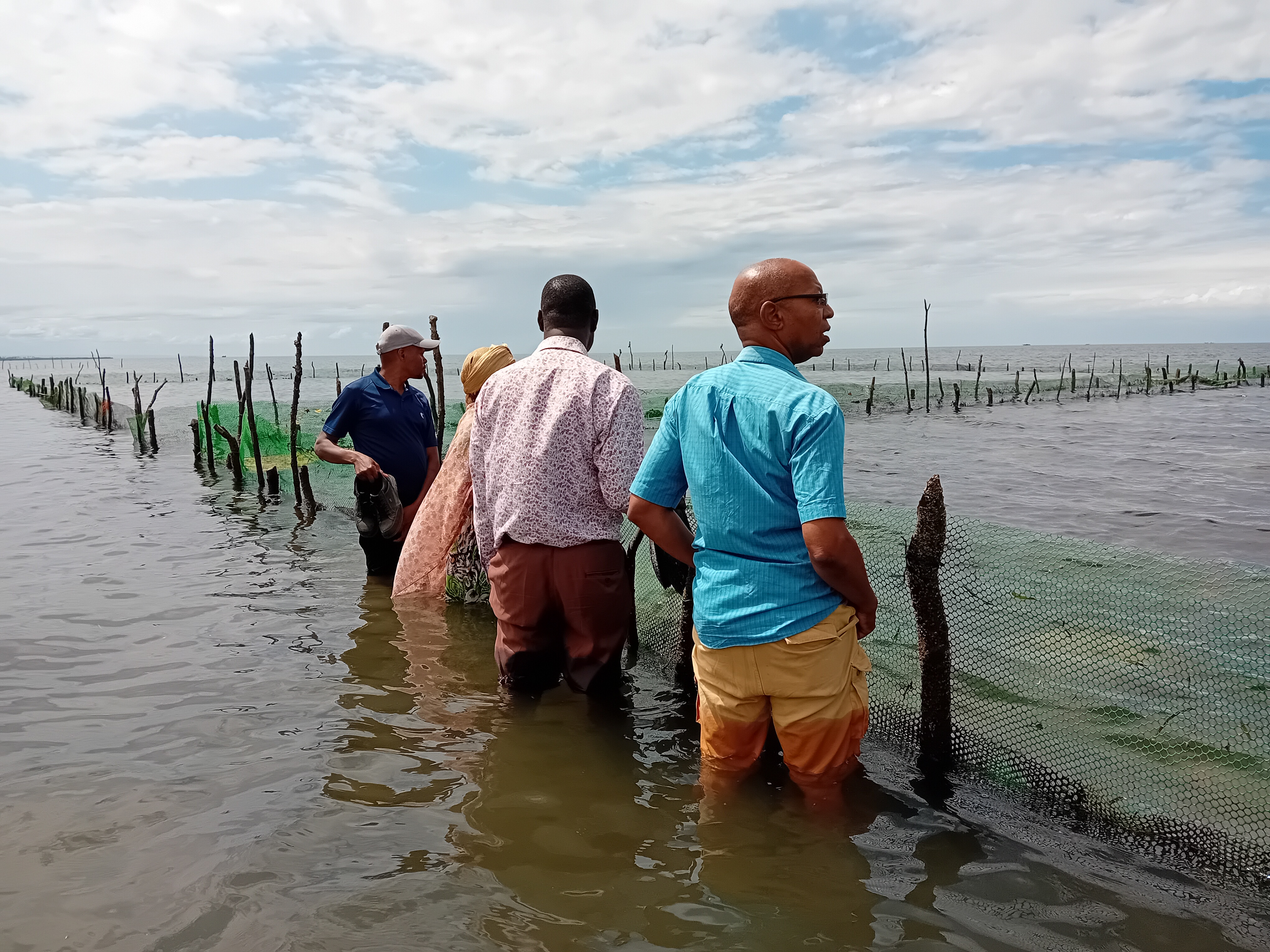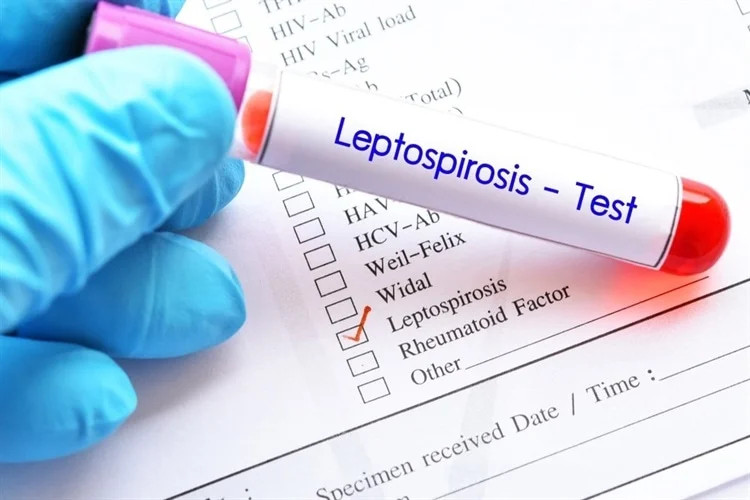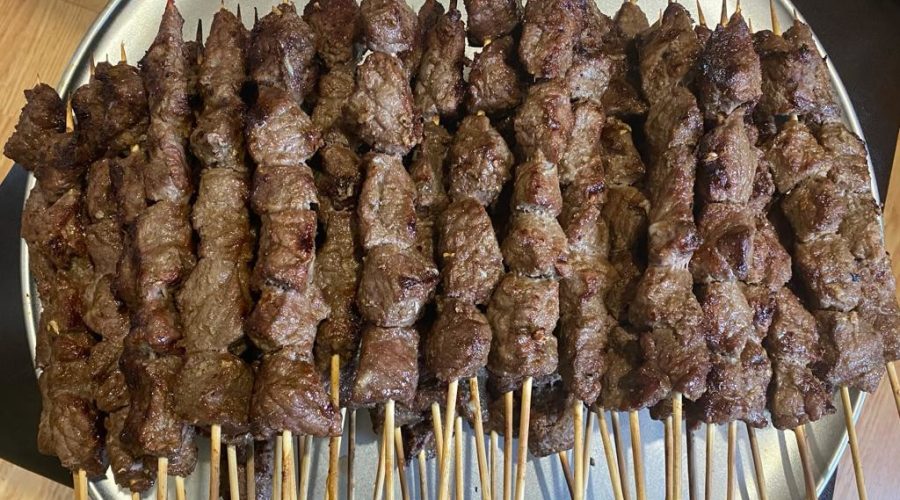The visit to sea cucumber cage farms in Bagamoyo by the Curriculum Review Team from the Department of Animal, Aquaculture, and Range Sciences demonstrated to be an engaging and educational experience. The team camping at Bagamoyo district in the Coastal region during the development of the Curricula first drafts for undergraduate and postgraduate programs in the department.
The Sokoine University of Agriculture (SUA), through the Higher Education for Economic Transformation (HEET) project aims to review the curricula, develop new curricula, and implement towards transformational and sustainable development of the university. For a DAARS curriculum review team from the College of Agriculture, visiting a sea cucumber cage farms in Bagamoyo is a unique and worthwhile experience in developing aquaculture programs. The team was led by Prof. Said Mbaga (Chairman of the Curricula Development Committee), Prof. Anthony Sangeda (Deputy College principal and Head of Department), Prof. Sebastian Chenyambuga (Professor), Dr. Dawson Maleko (Senior Lecturer), and Dr. Charles Lyimo (Senior Lecturer).
Sea cucumber cage farming has become a lucrative activity in coastal areas, attracting many people due to its high demand. The main methods for culturing sea cucumber include cage farming, pond farming, pen culture, sea ranching, and tank culture. Sea cucumber can also be produced within multitrophic polyculture ponds. SUA aims to address these opportunities by producing highly qualified graduates with knowledge and skills towards sustainable utilization of aquatic resources, proper management, and policy development.
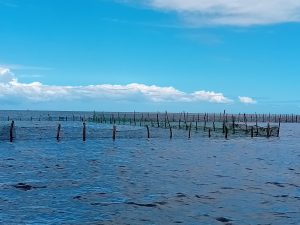
The Bagamoyo sea cucumber farm is a significant initiative in Tanzania, promoting sustainable mariculture and providing economic opportunities for local communities. The farm, located in Bagamoyo District, has been successful in establishing a model for sea cucumber farming, including its own hatchery, which has led to the establishment of other farms in the region.
Curriculum review team members were able to find methods to make the curriculum more engaging by incorporating real-world case studies, farm visits, or interactive sessions related to cage farming. A visit to cucumber cage farming provides a unique opportunity for curriculum review teams to bridge the gap between theory and practice, developing a more general and applied approach to education. It enriches the educational experience for students and prepares them for the challenges and opportunities in their respective fields.
Sea cucumbers are invertebrates marine animals from the class Holothuroidea within the phylum Echinodermata. They are known for their elongated body containing a single, branched gonad and leathery skin. Sea cucumbers are found in all oceans, mostly in shallow water but sometimes at depths of many thousands of meters. They play a useful role in the marine ecosystem as they help recycle nutrients, breaking down detritus and other organic matter. Their scavenging habits aid in nutrient recycling on the seabed. Some species have unique defense mechanisms, like expelling organs or emitting toxins.
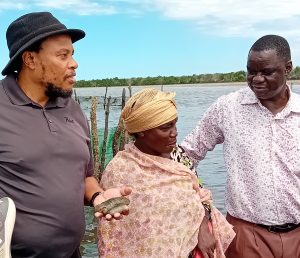
There are various species of sea cucumbers, and not all are suitable for farming. Some common species used in aquaculture include the sandfish (Holothuria scabra), the tropical sea cucumber (Holothuria fuscogilva), and the Japanese sea cucumber (Apostichopus japonicus). The choice of species depends on factors such as market demand, environmental suitability, and farming methods. Sea cucumbers are harvested for human consumption, and their dried outer body wall, known as bêche-de-mer, is considered a delicacy throughout Asia, especially in China. They are also used in traditional medicine, although scientific evidence of their medicinal efficacy is scarce.
For more information regarding sea cucumber, visit;
Bugota, V.J. and Rumisha, C. (2023). Low genetic diversity and lack of genetic structure among populations of the sandfish Holothuria (Metriatyla) scabra on the Tanzanian coast, Marine Biology Research, DOI: 10.1080/17451000.2023.2176883
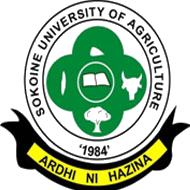
The Department of Animal, Aquaculture, and Range Sciences
The College of Agriculture, Sokoine University of Agriculture
Share this page

